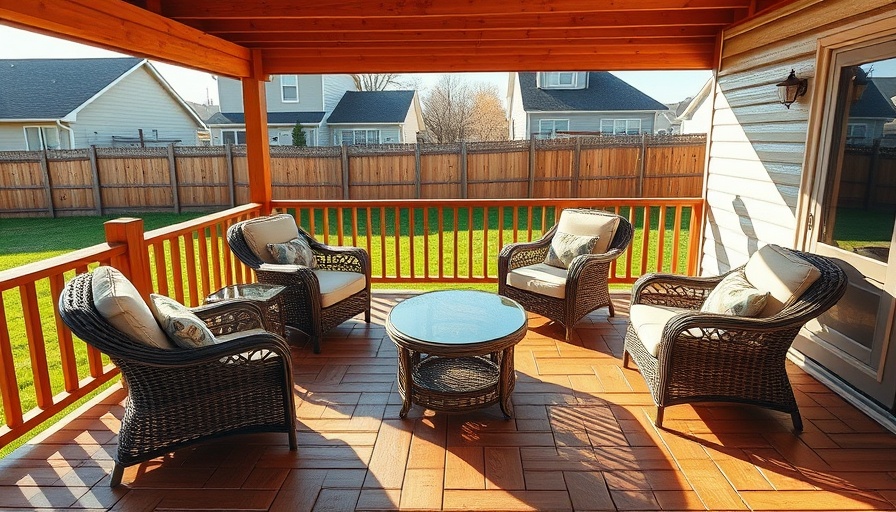
Why Your Cleaning Routine Matters
Maintaining the pristine shine of your hardwood floors is not just about aesthetics; it's about preservation. Many homeowners underestimate the impact of their cleaning techniques on the longevity of their floors. With wood being a natural material, even the most thorough mop may contain hidden factors that can lead to irreversible damage.
Common Missteps That Wreak Havoc on Hardwood
When it comes to cleaning hardwood floors, certain mistakes can turn your cleaning efforts from noble to a nightmare. One major mistake is using too much water during mopping. Excessive moisture can seep into the seams, warping and damaging your flooring over time. Additionally, using the wrong type of cleaning solution—especially those containing ammonia—can discolor your wood and erode finishes. A dull floor is often a crying signal for wrong cleaner usage!
The Dangers of Neglecting Dust and Dirt
Neglect is another silent killer of wood floors. Even if you think a quick clean will do the trick, dirt and dust can act like sandpaper, grinding down the protective layers of your wood. Regular sweeping or vacuuming (with a floor-safe attachment) ensures your floors remain unscathed. Remember, prevention is key!
Your Tools Could Be Doing More Harm than Good
Many homeowners reach for a traditional mop and bucket, believing they’re giving their hardwood floors the TLC they deserve. Unfortunately, this approach might be counter-productive. Consider switching to microfiber mops, designed specifically for hardwood care, or a hardwood-safe cleaning robot that can adapt its cleanig schedule based on foot traffic and dirt accumulation.
Alternative Cleaning Methods Worth Trying
For those seeking an environmentally-friendly approach, consider vinegar and water solutions. However, make sure to dilute right; too much vinegar can lead to dullness or even damage. Using a solution of olive oil and vinegar can also impart a natural shine that illuminates your wood floors while preserving the finish.
Future Trends in Floor Care: Smart Cleaning Solutions
As technology advances, the cleaning of hardwood floors is benefiting from smart solutions. Imagine floor sensors that alert you when a surface needs a clean or robotic systems that not only vacuum but can also monitor humidity levels to avoid damage from excess moisture. These innovations are paving the way for hassle-free maintenance of hardwood floors without sacrificing their integrity.
Final Thoughts and Actionable Insights
Understanding proper cleaning technique techniques and tools is essential for preserving the beauty and longevity of hardwood floors. Avoiding common mistakes and embracing smarter cleaning technology can make a world of difference. Embrace the challenge with diligence—your floors will thank you for it!
Now that you know how to care for your hardwood floors, it’s time to take action and revamp your cleaning routine for better results!
 Add Row
Add Row  Add
Add 



Write A Comment